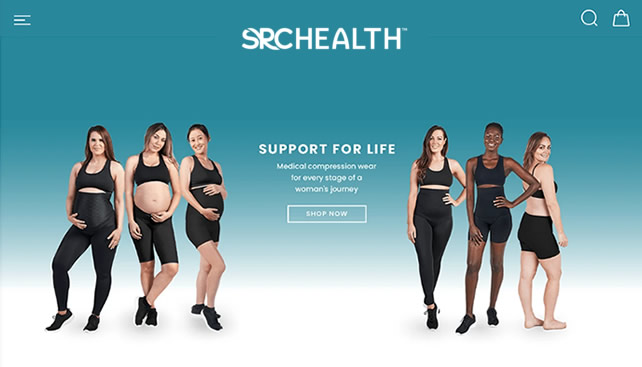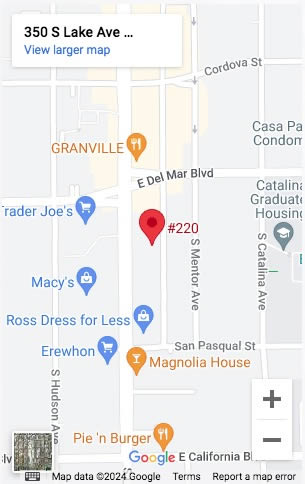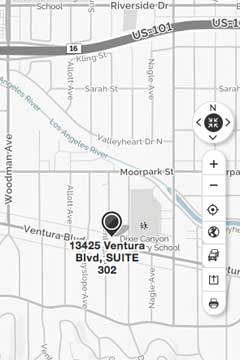Best Exercise for Each Decade of Life: Exercises to Benefit Aging
Here at Fusion Wellness PT, we believe fitness is something to practice throughout a lifetime. It will look different for everyone, and the type of movements performed may be different for each decade. The things you do to stay active may even change in a month's time. Variability is important to keep the body versatile, and to keep you challenged. Perhaps someone was a track athlete in high school, then got involved in the yoga class on college campus in their 20s, in their 30s they picked up group fitness cycling, in their 40s they spent time hiking, and in their 50s and 60s they enjoyed yard work, gardening, and outdoor biking to stay active.
Perhaps someone was never that into exercise in their younger years, and they are trying to start later on in life but are unsure of where to start. Too often, there is a sense of discouragement as lives get busier and it gets harder to carve out time for exercise. However, staying active doesn’t require a gym or equipment. It requires just a brain motivated to reap the benefits, and a body able and willing to get its heart rate up. Below is a list we compiled of some of our favorite exercises to benefit aging for each decade of life.
Our Favorite Exercises to Benefit Aging
20s - The Bulgarian Split Squat
The exercise is a nice cocktail of balance, posterior chain activation, core + pelvic girdle stabilization and lower extremity mobility. If you work primarily on a computer, our body spends long periods of time in a static seated posture during this decade of life. From school assignments during all nighters, sitting and playing video games, or just through the sedentary nature of our tech controlled lives, our joints and muscles hold the flexed hip, flexed knee position. Seated postures inhibit and weaken the glutes and the quadriceps due to the lengthened position of the muscle fibers. The Bulgarian split squat packs an extra punch on quads and glutes by biasing the entire body weight through one leg, versus half the weight in a traditional squat. This allows for easier activation of glutes due to the weight shift backwards, and challenges the core while you balance on one leg to maintain dynamic stability. If your quadriceps or hip flexors are tight (spoiler, they probably are) you will get a nice stretch on the non weight bearing side as well.
- Start with standing on one leg and place the other on a bench behind you far enough that you can bend the standing leg into 90 degrees hip and knee flexion comfortably.
- Lower the body until hips and knees are at 90/90 while keeping the knee from passing the toes and falling too far inside or outside the foot.
- Maintain a neutral spine and do not drop or hike the opposite hip out of pelvic alignment.
- Push through the heel for optimal glute activation.
- Avoid putting more than 10% of your body weight through the foot on the bench, the more resistance through the standing leg the better.
- Add a kettlebell or dumbbell for increased challenge. Repeat 3 x 15 or until form fatigue.
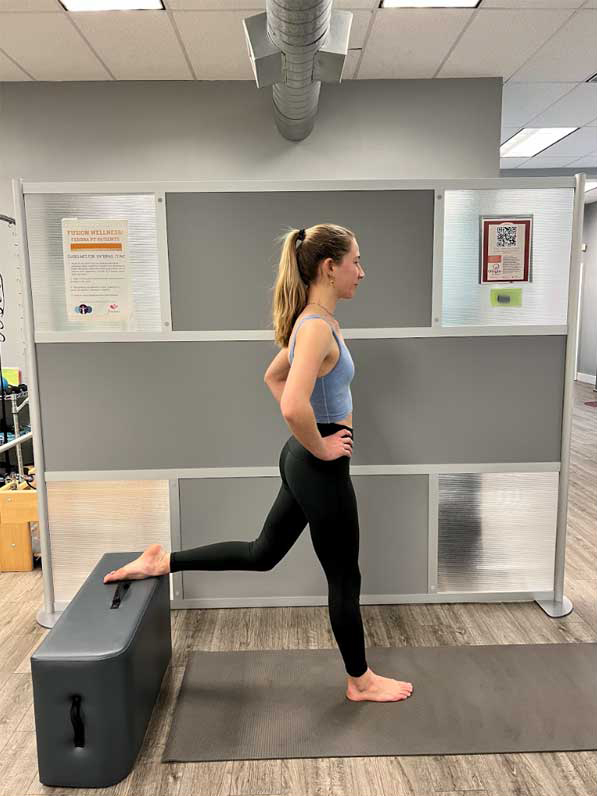

30s - The Turkish Get-up
This exercise is challenging due to the complexity of movement, the coordination, the balance, and strength required to execute it gracefully. We start to lose muscle mass at the age of 30, as much as 3-5% a decade. The Turkish get up uses the core, lower extremity, and upper extremity muscle groups to execute. It is as functional as functional gets - getting up from the floor!
- Start with a comfortable weight kettlebell or dumbbell in one hand extended over the shoulder with your arm straight and the opposite knee straight, same side knee bent.
- Maintain a straight arm and kettle bell above the shoulder pointed toward the ceiling throughout the entire movement.
- Press the kettle bell upward as you press up onto the opposite elbow. Once on your elbow, press into a straight arm while stabilizing the opposite leg and the kettlebell.
- Press into the floor with your straight arm and opposite leg to transition the straight leg underneath you knee under hip so you are in a half kneel position straight arm still on the ground.
- Next, bring your trunk upright by squeezing your core and maintaining the kettle bell pointed toward the ceiling still.
- Next, transition from half kneeling lunge to stand.
- Go back down the same way, slow and controlled.
- Repeat 3x up ←→ down on each arm or until form fatigue occurs.
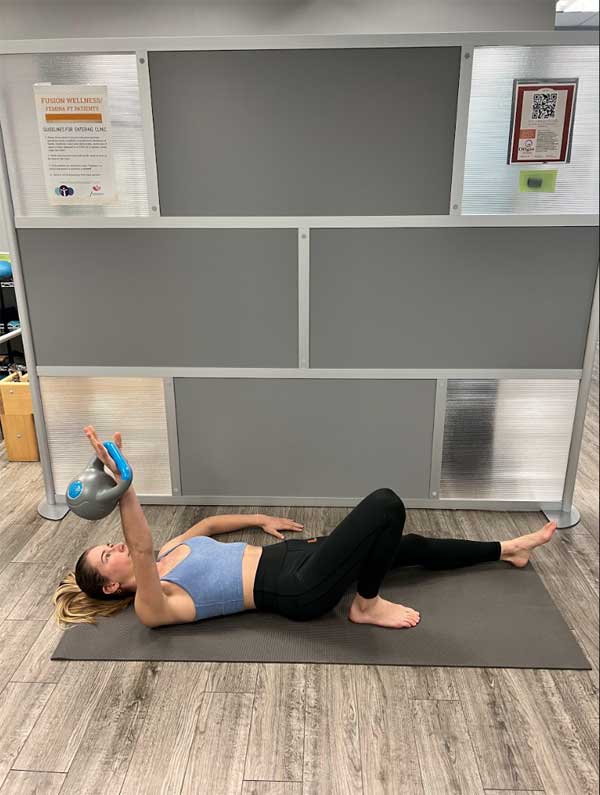


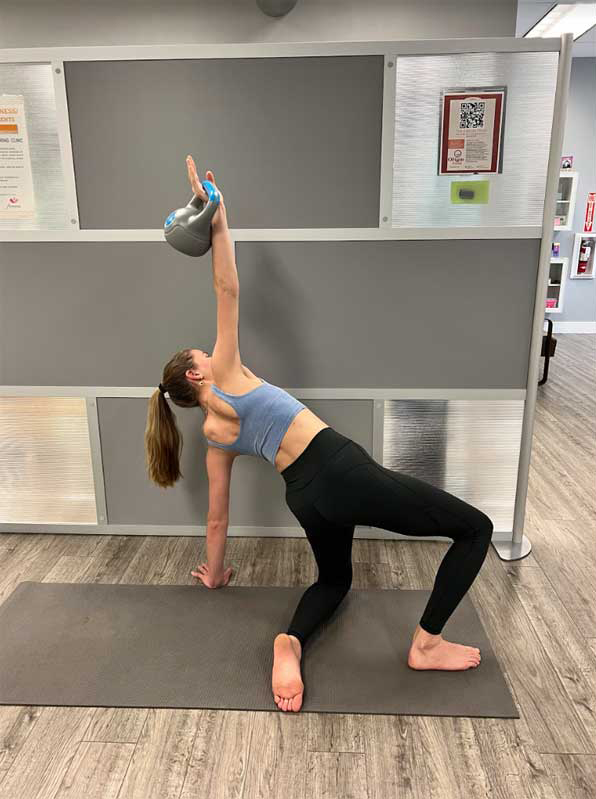
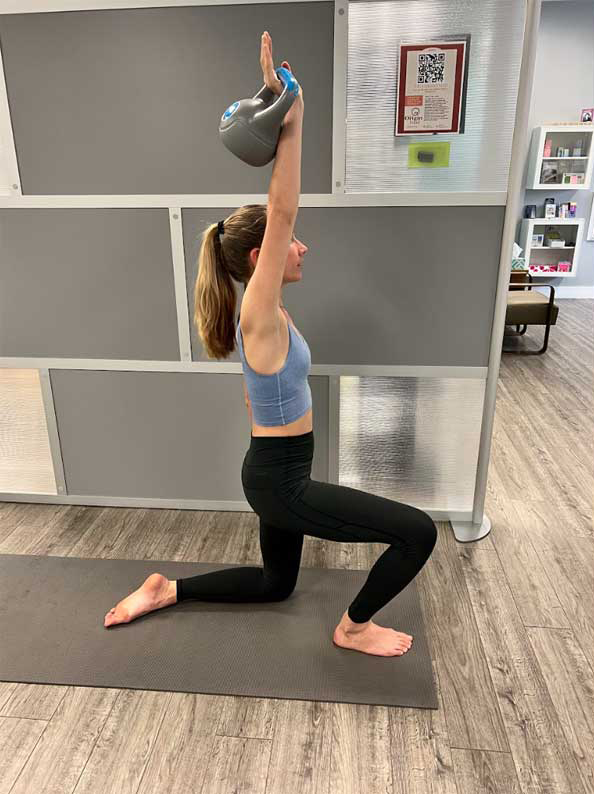
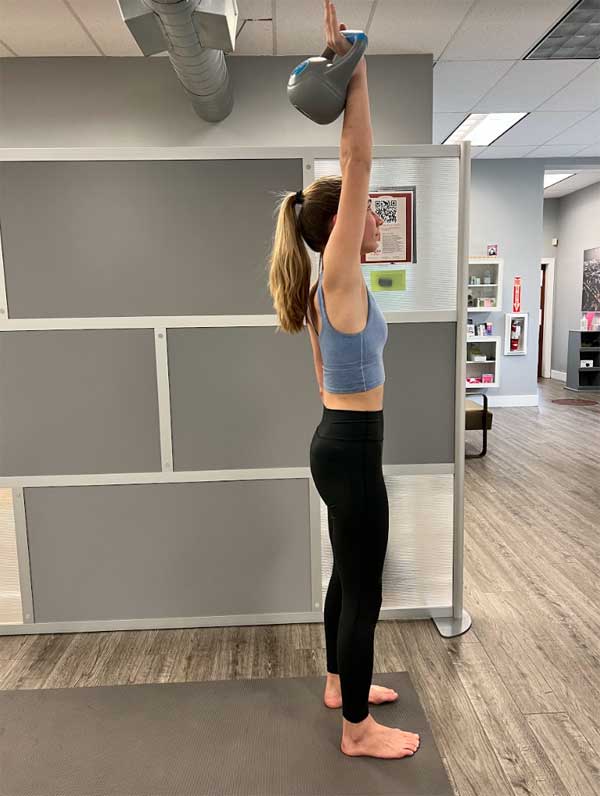
40s - Lateral band walks/ Monster walks.
The hip abductors and rotators are the most underused during the day. We live in a 2 directional world, typically only using hip flexors and hip extension, rarely targeting the muscles laterally on the outside of the hips that abduct, and rotate the femur. Gluteus medius, obturator internus, piriformis and the gemelli are our main players here. These muscles work to stabilize your pelvis and therefore control lumbar spine position. Think, dropping one hip too far to one side while walking causes a sidebending and rotational motion at the lumbar spine which adds undue compression and shear at different points of articular tissue. It is well known that hip health affects low back health, and the hip is a major player in the health of your knees, so this exercise can be beneficial for more than one point in the anatomical chain.
- For lateral band walks, hold a mini squat with a resistance band of comfortable tension at the level above the knees. Step directly to the side 15-20 steps, then return the opposite way facing the same direction. Make sure to maintain the mini squat posture, avoid hip hiking and oscillating too much up and down as you move. Keep the spine upright and avoid excessive curvature of the low back. For increased challenge, put the band at the level of the ankles.
- For the monster walks, take a large, wide step forward. Bring the foot forward and then side, then slowly bring the opposite foot forward, then out to the side. Avoid losing control of the band as you bring the legs closer to midline, this will work eccentric muscle contractions and build strength faster. For increased challenge, put the band at the level of the ankles. Perform 3 laps there and back or until form fatigue.
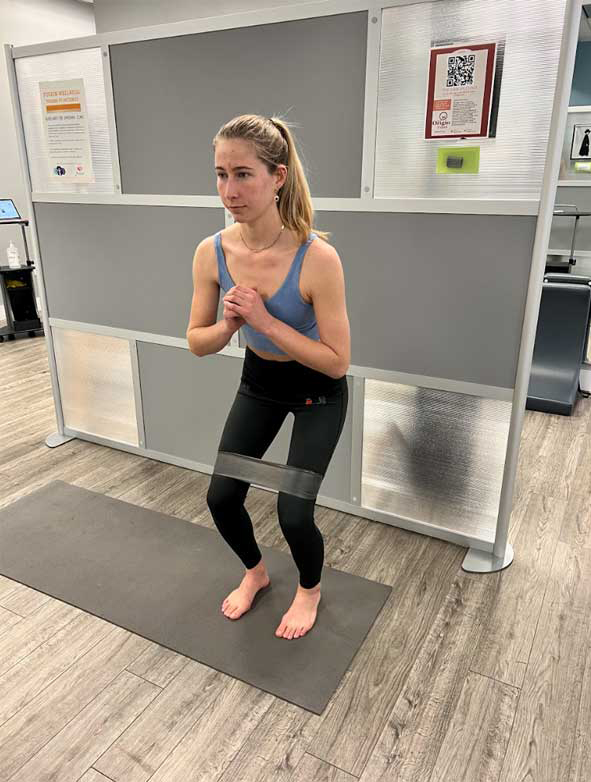
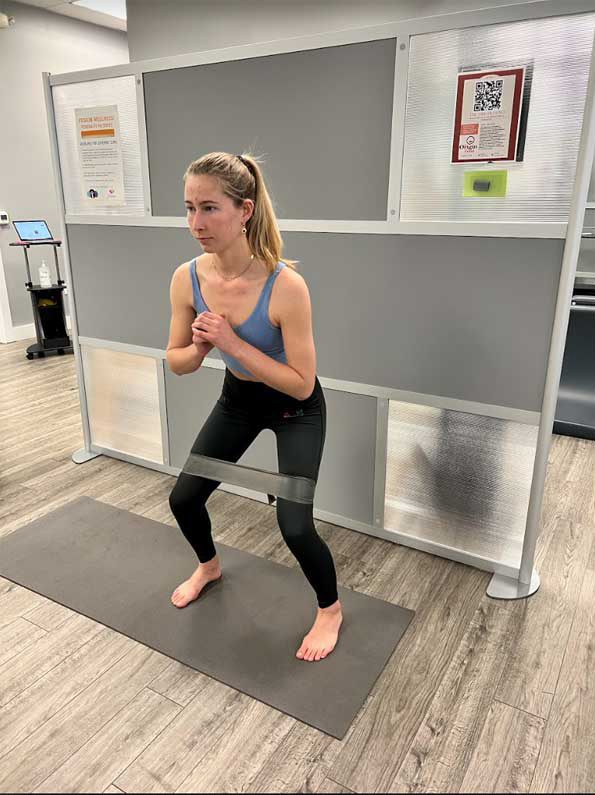
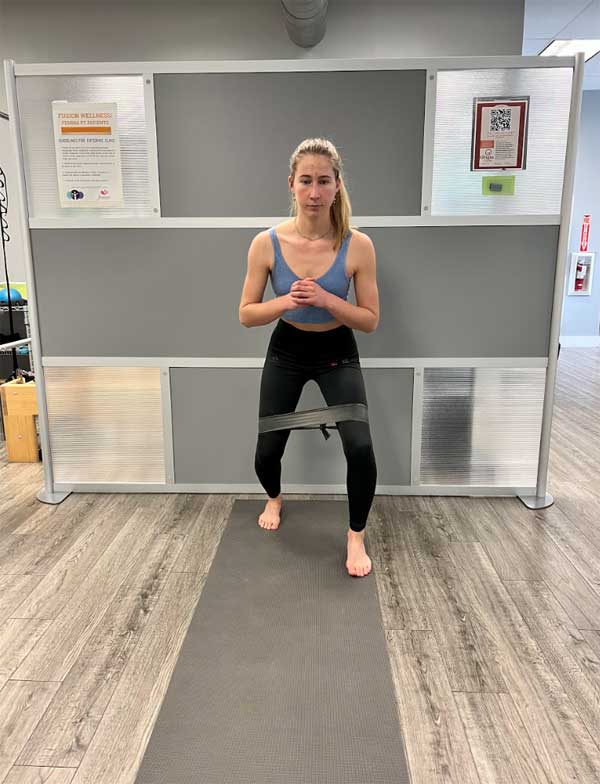
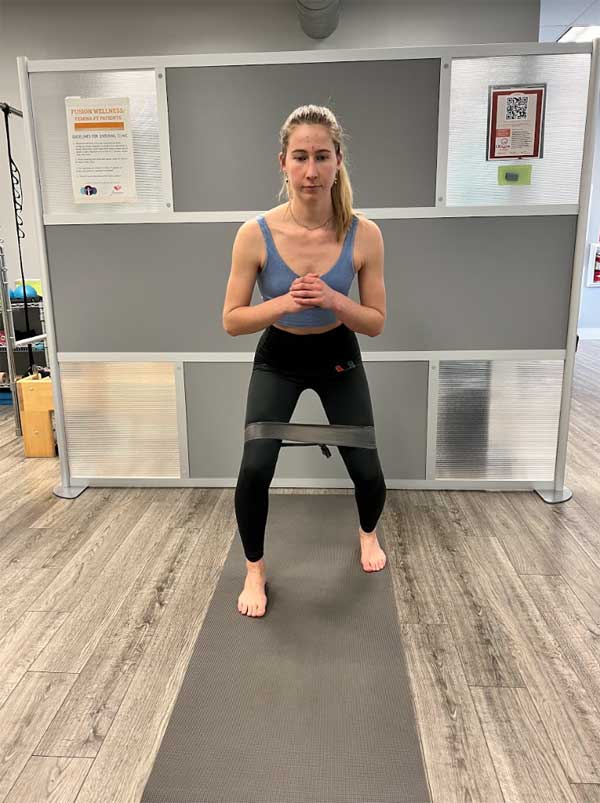
50s - Farmer’s Carry, unilateral.
This movement is extremely functional, it challenges the deep stabilizing core muscles (obliques, QL, TA), the shoulder stabilizers, balance, and grip strength. One study (1) found that stronger grip strength was associated with lower mortality risk. Better balance and gait speed were also found to improve mortality especially when combined with grip strength.
- Hold a dumbbell or a kettlebell in one hand and stand up straight.
- Walk back and forth while stabilizing your trunk upright, and resisting the downward pull of your shoulder to keep it in alignment with the other shoulder. You will feel the opposite side of your abdominals working, your hand and forearms, and also your shoulder girdle working to perform this exercise.
This exercise is also beneficial due to the increased weight bearing through the bones, which will help counteract the depletion of bone mineral density that occurs as we age (2). Repeat 3 laps each side or until form fatigue.
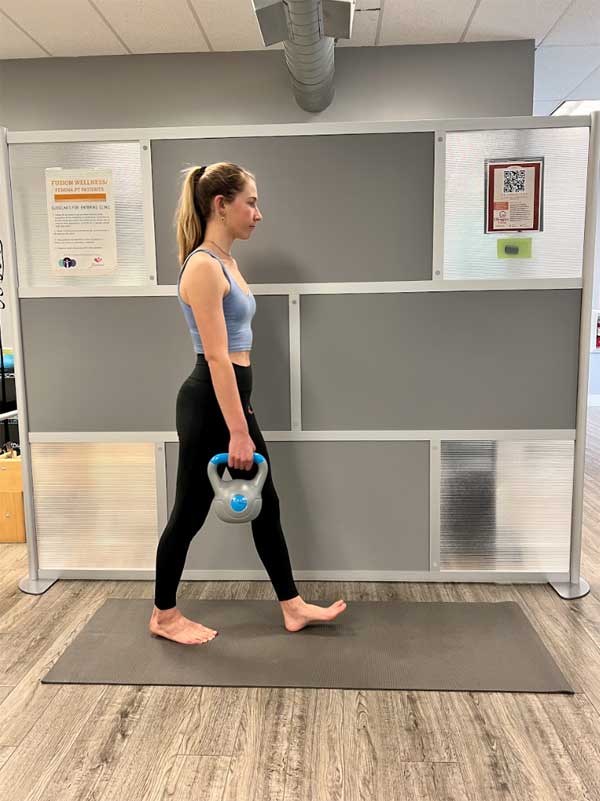
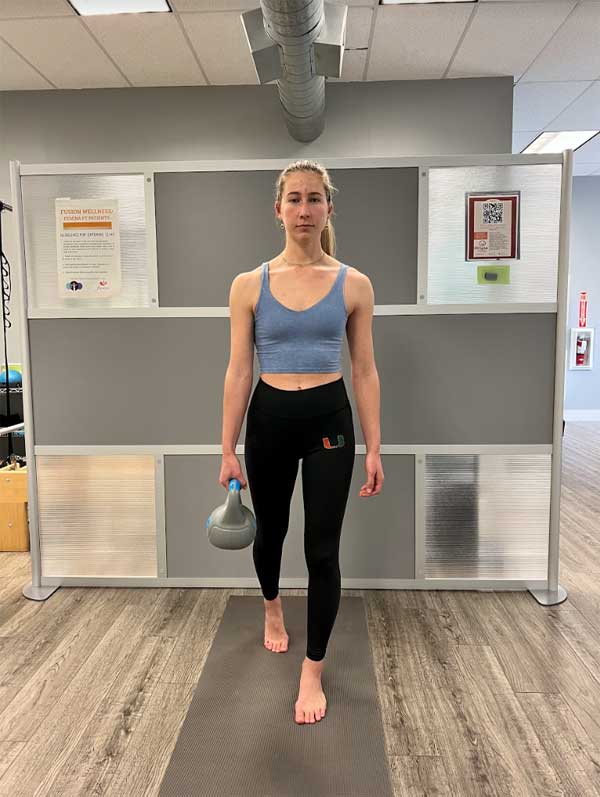
60s - Bilateral External Rotation with a Resistance band
There are many exercises to benefit aging in this age group since the natural aging process involves sarcopenia, or the loss of muscle mass. However, I thought a great exercise would be something that can be easily done consistently, and have both a strength and mobility component. This exercise strengthens the postural muscles of the back that hold us upright against gravity all day long, and opposes the all too often hunched, or forward flexed posture we see in the elderly population. This posture not only restricts the ability of the rib cage to expand to fill the lungs optimally (3) it also forces our center of gravity forward, creating undue imbalance to our center of gravity and creating an increased risk for falls (4).
- Start with elbows in 90 degrees and elbows to the ribs.
- Pull the thereband while bringing the hands outward, opening up like double doors until the end range of motion it met.
- Make sure to squeeze your shoulder blades together and expand the chest, lengthening tight pectoralis muscles.
- Repeat 3 x 10 or until form fatigue.
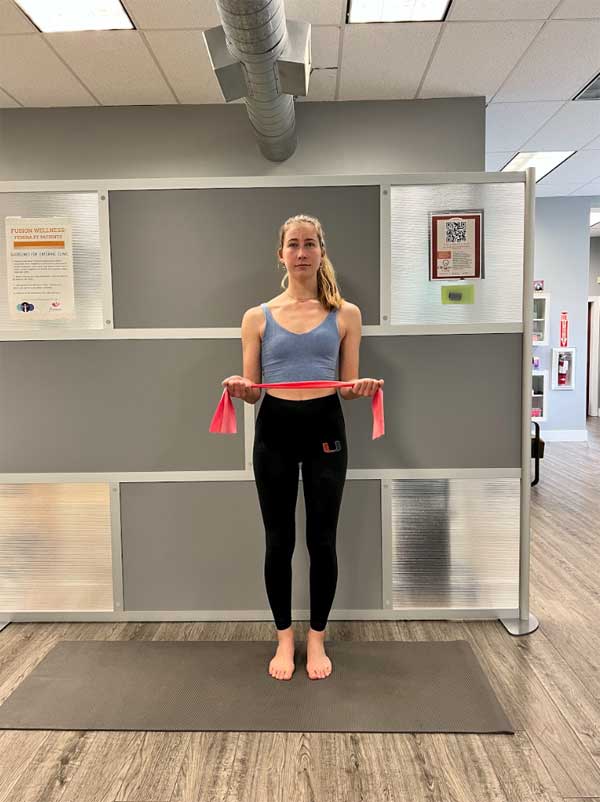
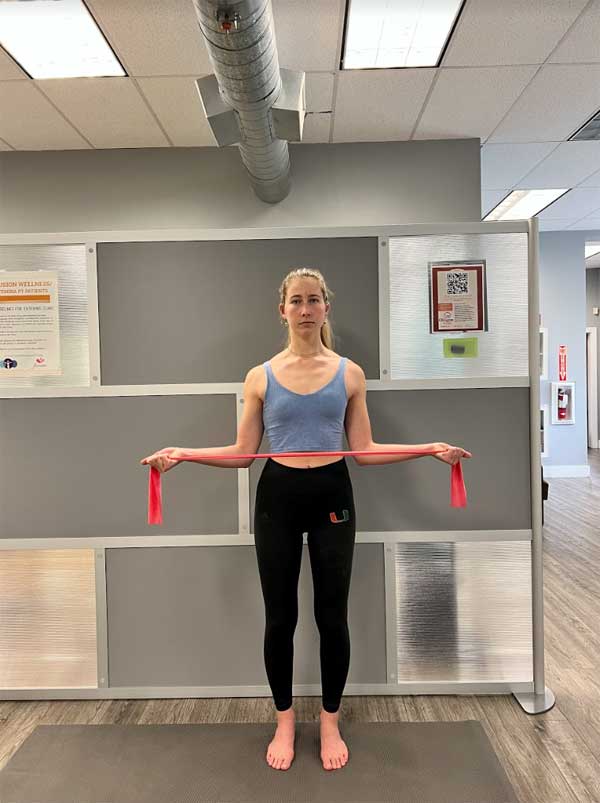
We hope you are inspired to try sprinkling these different core movements throughout your day, no matter what your age. Redefine the strict time frame you give yourself for exercise, and simply make time for movement. And remember, when in doubt, walk! Save this list to reference our favorite exercises to benefit aging. Want to meet one of our PT’s and get started? Reach out to us anytime!
Resources:
- Underland, L. J., Schnatz, P. F., Wild, R. A., Saquib, N., Shadyab, A. H., Allison, M., Banack, H., & Wassertheil‐Smoller, S. (2022). The impact of weight change and measures of physical functioning on mortality. Journal of the American Geriatrics Society, 70(4), 1228–1235. https://doi.org/10.1111/jgs.17626
- O’Brien, M. Exercise and osteoporosis. Ir J Med Sci 170, 58–62 (2001). https://doi.org/10.1007/BF03167724
- Amanda L. Lorbergs, George T. O’Connor, Yanhua Zhou, Thomas G. Travison, Douglas P. Kiel, L. Adrienne Cupples, Hillel Rosen, Elizabeth J. Samelson, Severity of Kyphosis and Decline in Lung Function: The Framingham Study, The Journals of Gerontology: Series A, Volume 72, Issue 5, 1 May 2017, Pages 689–694, https://doi.org/10.1093/gerona/glw124
- Deborah M. Kado, Mei-Hua Huang, Claude B. Nguyen, Elizabeth Barrett-Connor, Gail A. Greendale, Hyperkyphotic Posture and Risk of Injurious Falls in Older Persons: The Rancho Bernardo Study, The Journals of Gerontology: Series A, Volume 62, Issue 6, June 2007, Pages 652–657, https://doi.org/10.1093/gerona/62.6.652

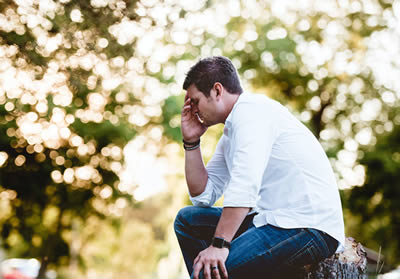


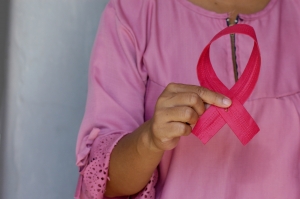
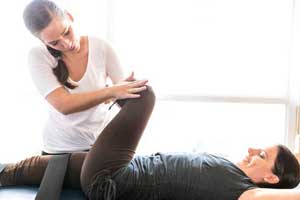
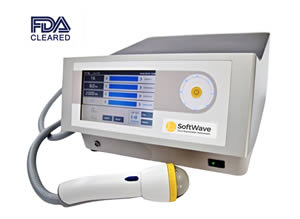





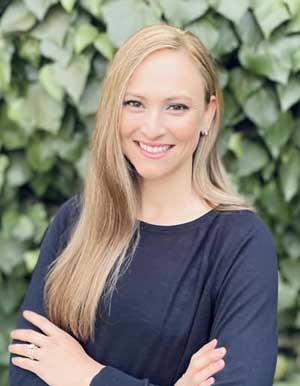











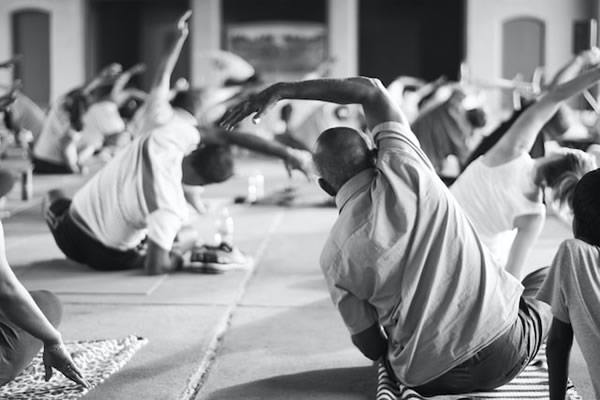
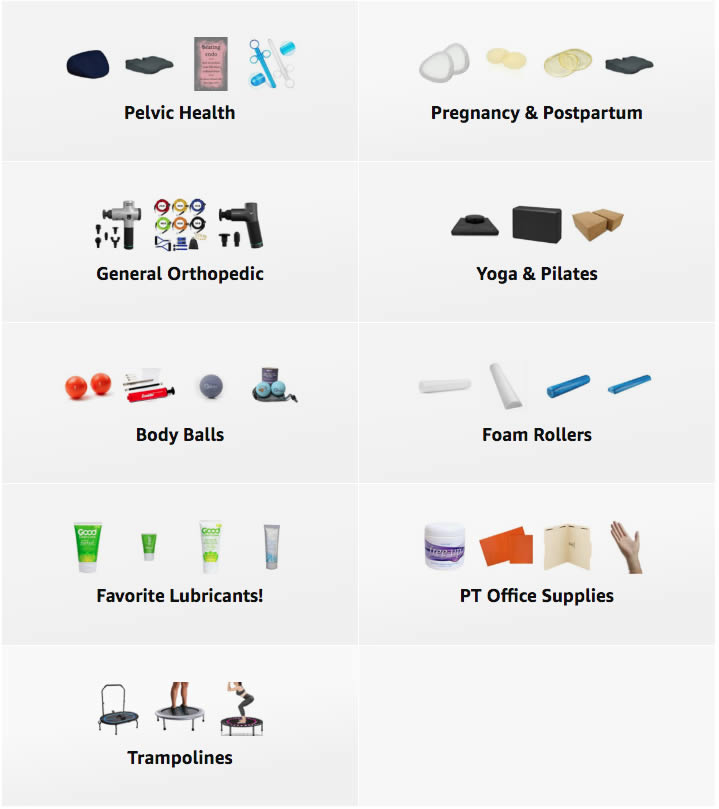 A Curated List of Excellent Items at Amazon
A Curated List of Excellent Items at Amazon